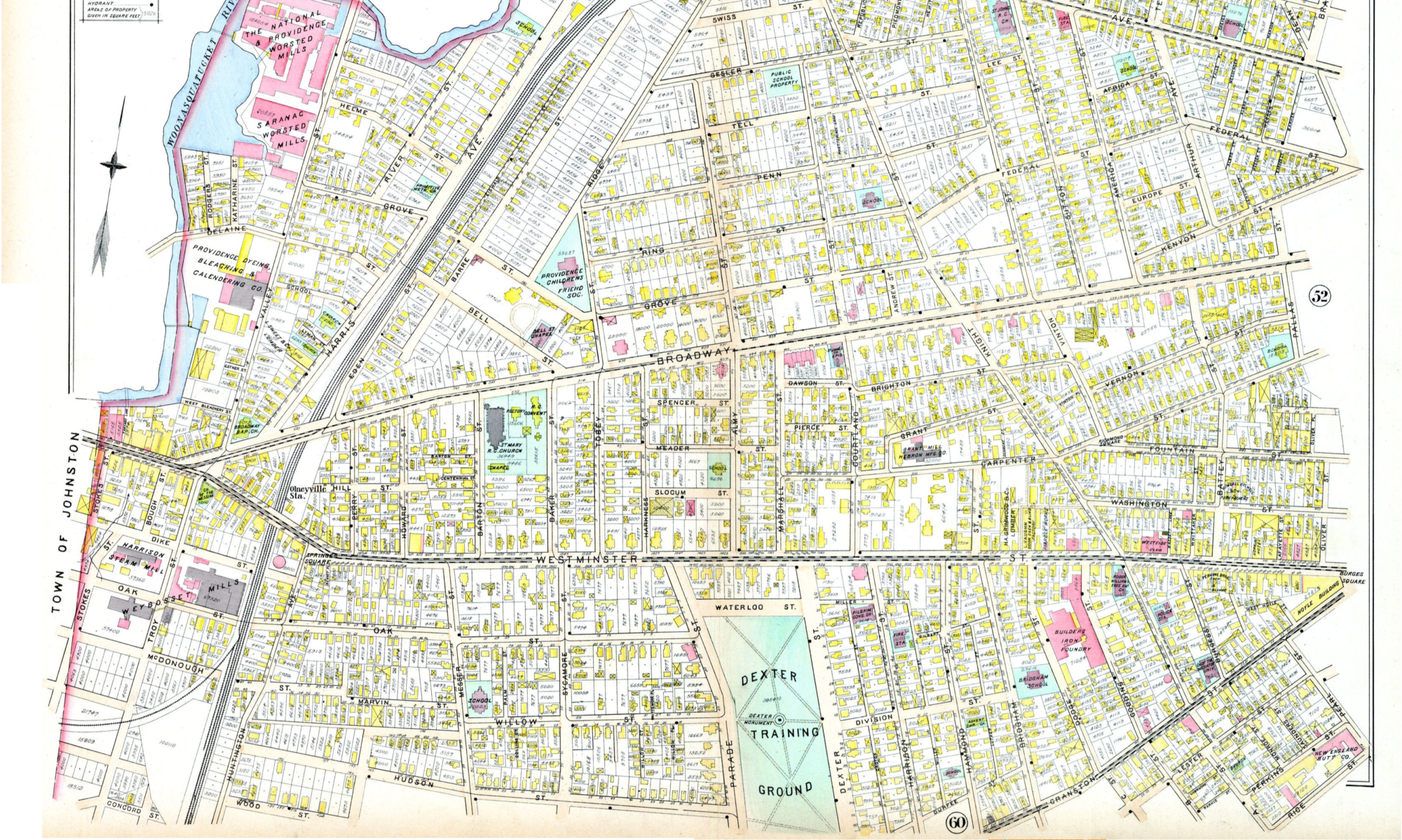Originally posted on Rhode Island Future. They have lots of great stuff, so head over and check it out!
In the sensationally titled “Revenge of the Swamp Yankee: Democratic Disaster in South County,” Will Collette argued emotionally that despite statewide wins for Democrats in Rhode Island two weeks ago, South County was a sad place for the party. He makes a strong case that local South County races, through low turnout and Republican money, had a night more like the rest of the country than the rest of Rhode Island.
Will focuses on General Assembly and Town Council races, but his post made me wonder how different towns around Rhode Island voted compared to the state averages. So I dug into the numbers for statewide races. Here’s what I came up with:
Democratic Lean by Town Population
Democratic Lean by Town Density
This is a little confusing; here’s what I did:
- I looked up what percentage of the votes in each town the Democrats and Republicans for each statewide office received.
- I subtracted the GOP candidate’s percentage from the Democrat’s for each town, giving the percentage margin the Democrats won (or didn’t) by.
- I then averaged together the margins for each statewide race, roughly giving each town’s Democratic lean.
- I then subtracted the average statewide Democratic lean from each of those town leans, giving us an idea of how each town compares to Rhode Island as a whole.
Those are the numbers you see above. Here’s my spreadsheet. A few observations:
- Hardly anyone lives in New Shoreham. But we already knew Block Island isn’t a population hub. (These population numbers are from Wikipedia and could be wrong.)
- There’s a clear trend of the denser and more populous cities voting more for Democrats than less populous towns. I ran the correlations and it’s 0.55 for population and 0.82 for density. Both are reasonably strong.
- Imagine the vaguely logarithmic trendline that would best fit these points. For the density graph the formula for that trendline would be
y = 0.084*ln(x) - 0.6147. It’s in relation to that trendline that I’ve made the map at right. Gray towns are those that voted about how you’d expect based on their density, blue towns voted more Democratic than density would suggest while red towns voted less Democratic. - Remember this is one point in time, November 4, 2014. It can’t tell us a lot about how things are changing or how all those people who didn’t turn out would vote if they did.
So at the end of the day, what does this tell us? Municipalities with higher population & density tend to vote for Democrats more than towns with lower populations. This isn’t just true in Rhode Island, it’s true across the country. But what is interesting here is how different areas of the state deviate from that implied trendline.



